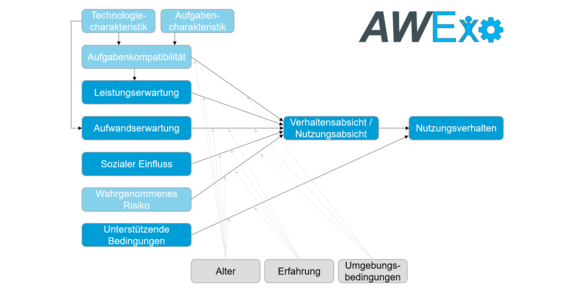AWExo: Second PA meeting shortly before the start of the exoskeleton study

On March 5th, shortly before the start of the exoskeleton study in the AWExo project (Acceptance and Impact of Exoskeletons in the Construction Industry), the second meeting of the Project Advisory Committee (PA) took place at our research partner, the Institute for Occupational Safety and Health of the DGUV (IFA), in Sankt Augustin. As part of a review of the first phase of the project, the industry partners were presented with eleven use cases that will be examined in more detail in the upcoming field study. All use cases contain typical activities from different areas of the construction industry, where a back-supporting exoskeleton could potentially provide support, and were developed together with members of the PA. As part of the field study, companies were provided with exoskeletons for these use cases for a period of two to six weeks.
In addition to the use cases, the field study process was explained in detail to the study participants. The study consists of an introductory training session, a ten-day trial period with the exoskeleton, and a final biomechanical measurement and acceptance survey, covering a period of approximately two weeks for each subject.
The highlight of the second PA meeting was a tour of IFA's biomechanical laboratory in Sankt Augustin. There, the participants were given an insight into the preliminary biomechanical tests with the exoskeletons. The sensors used in the field were also explained.
We would like to thank the companies represented in the PA for their commitment. Other interested parties are welcome to participate. Please visit our project website or contact us. We look forward to a lively exchange.



